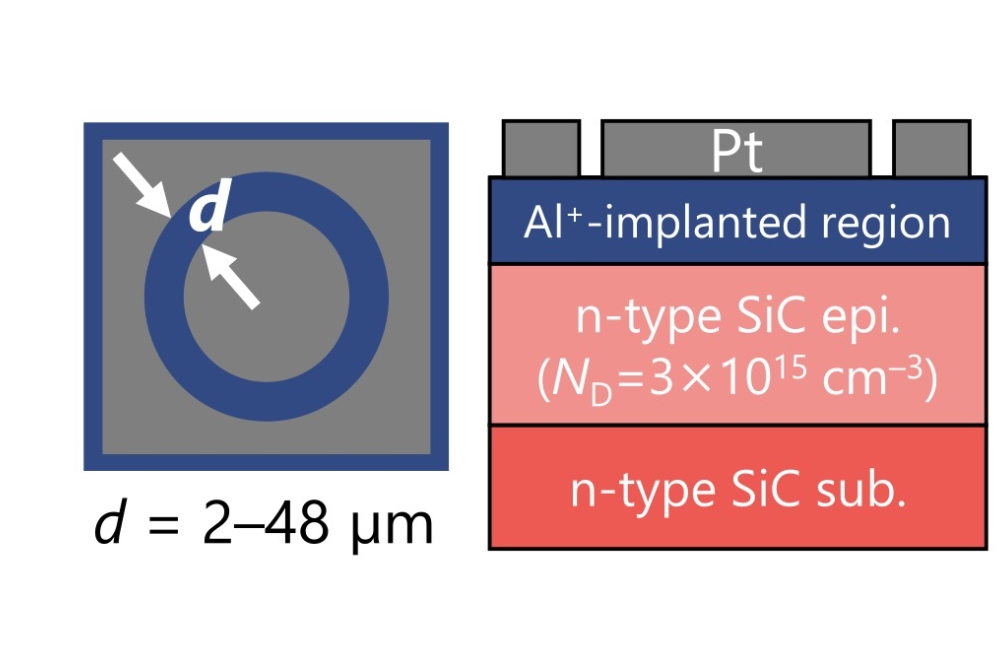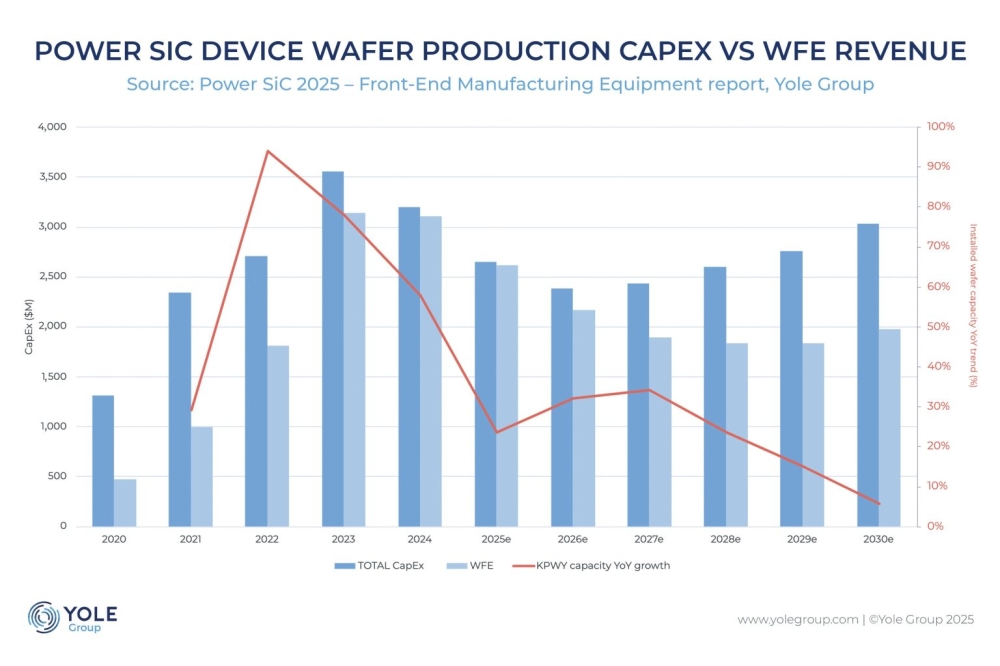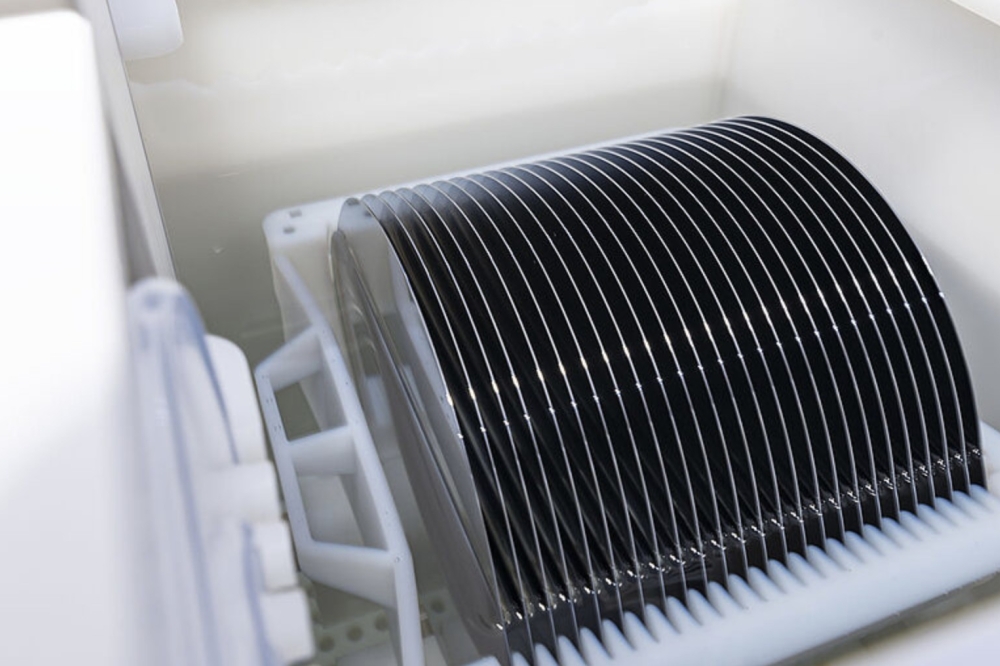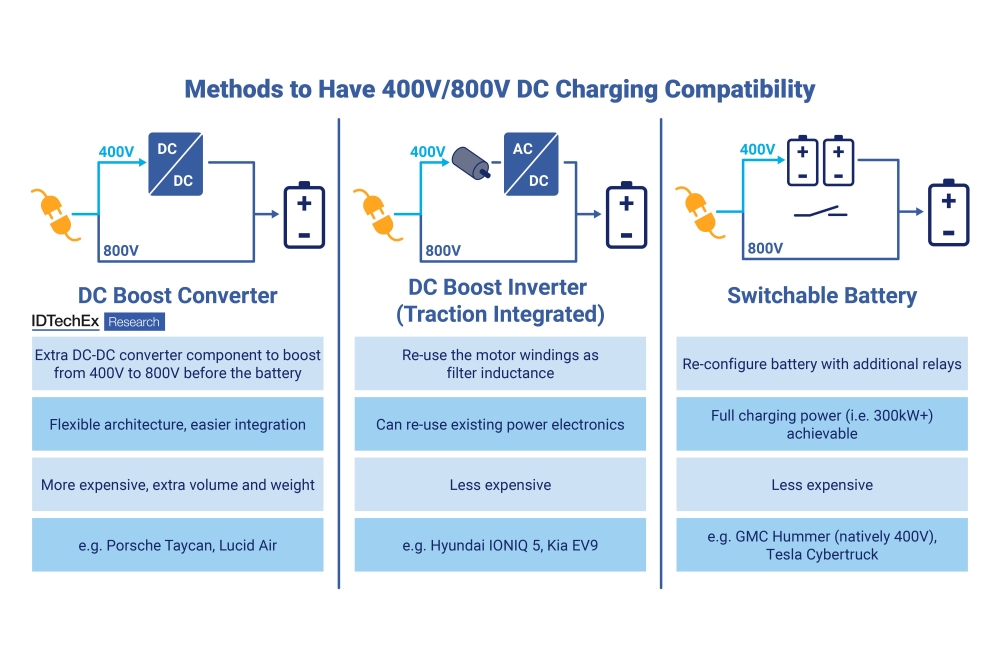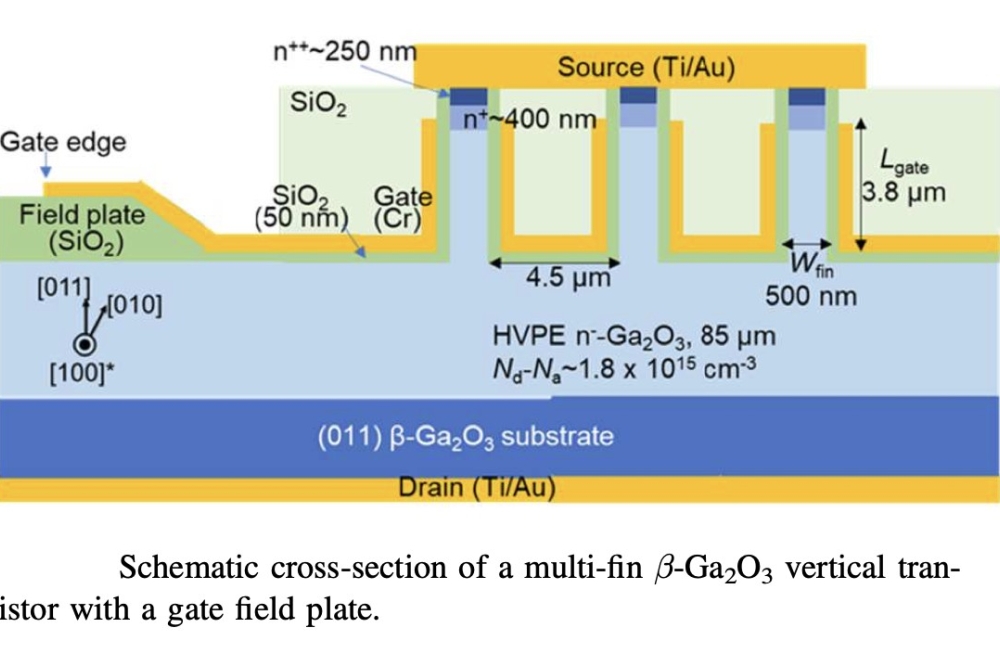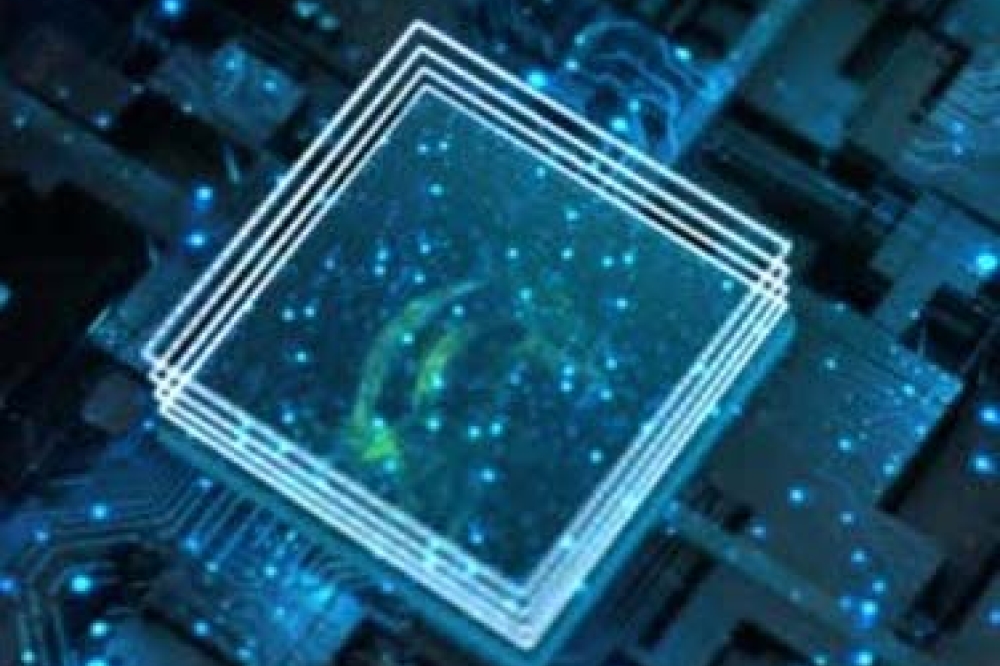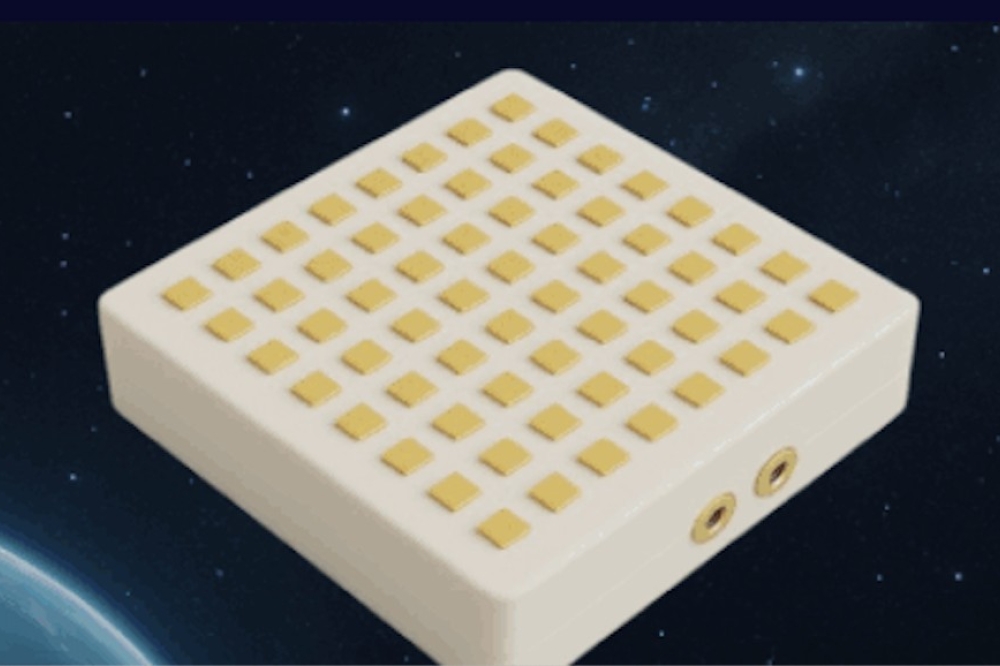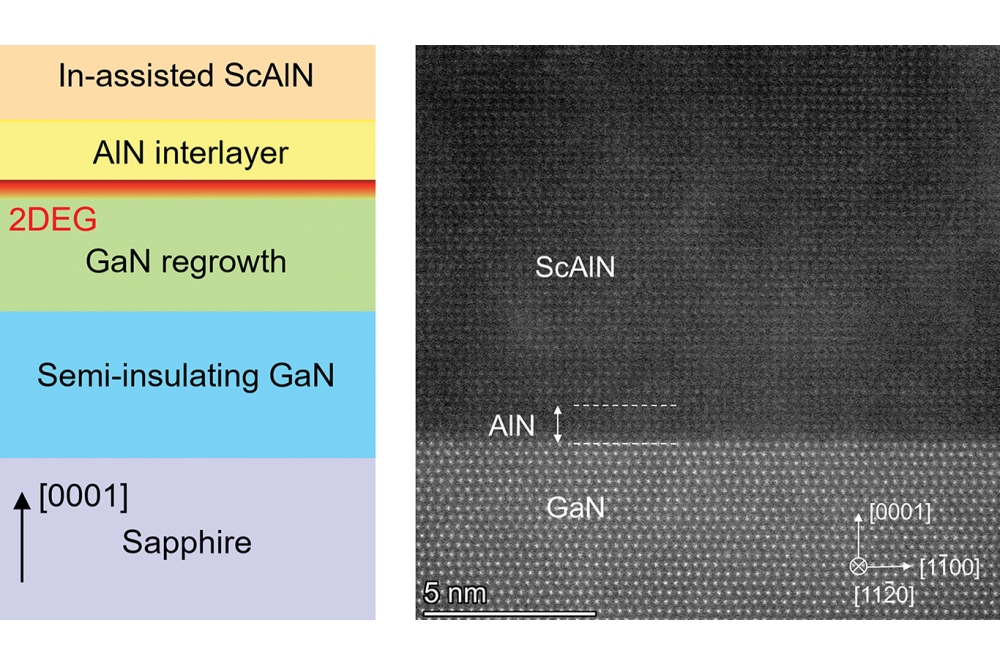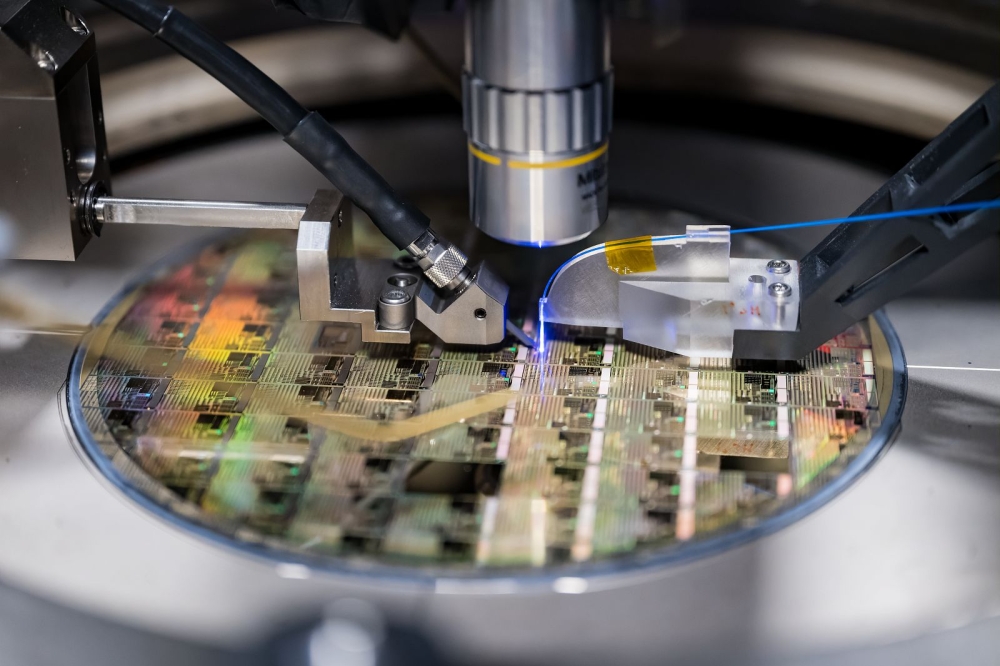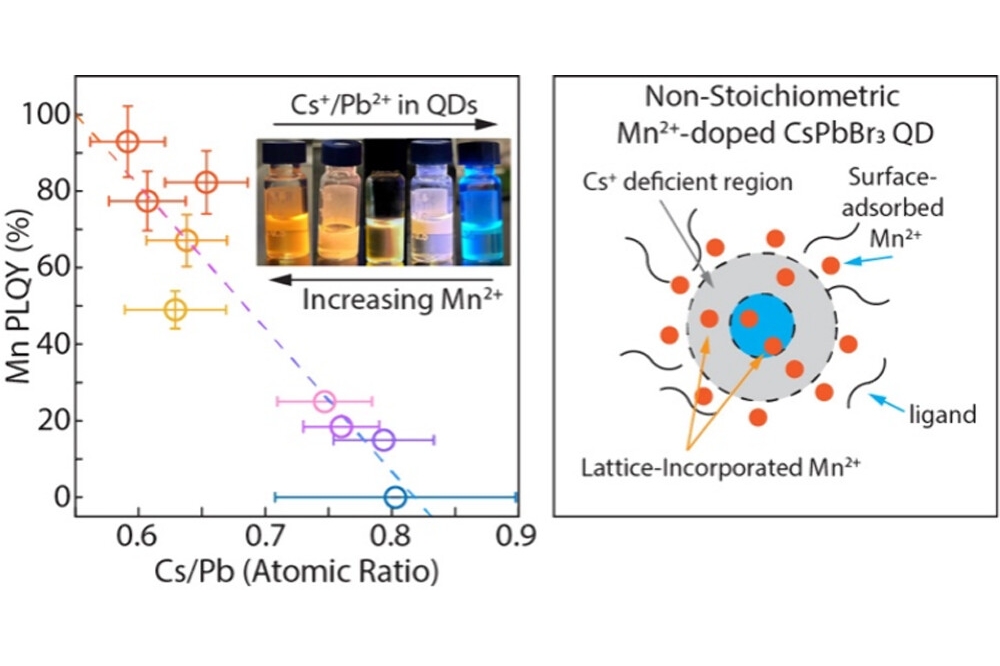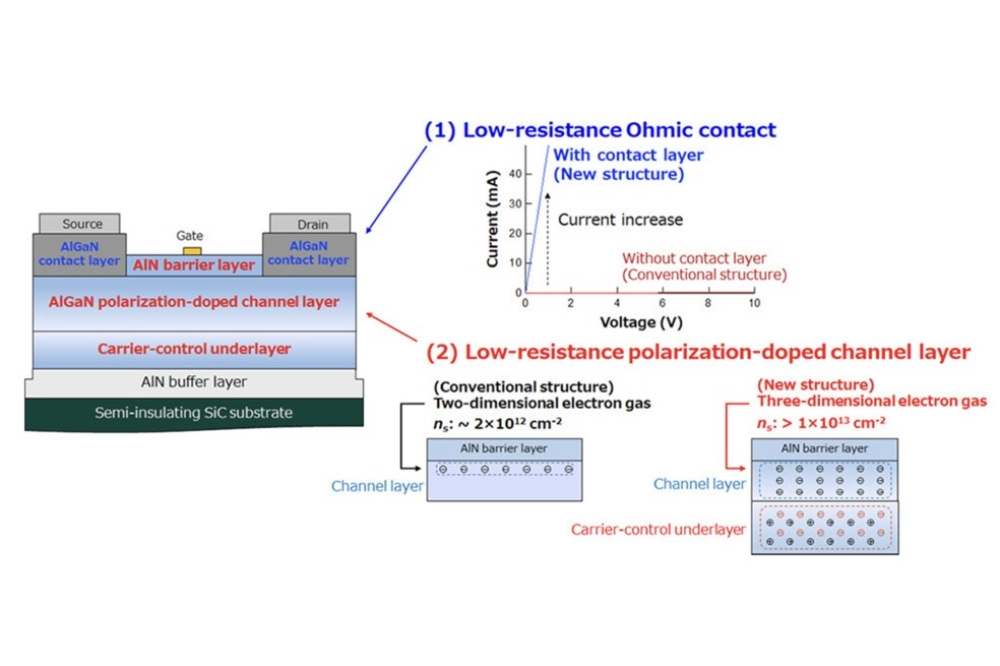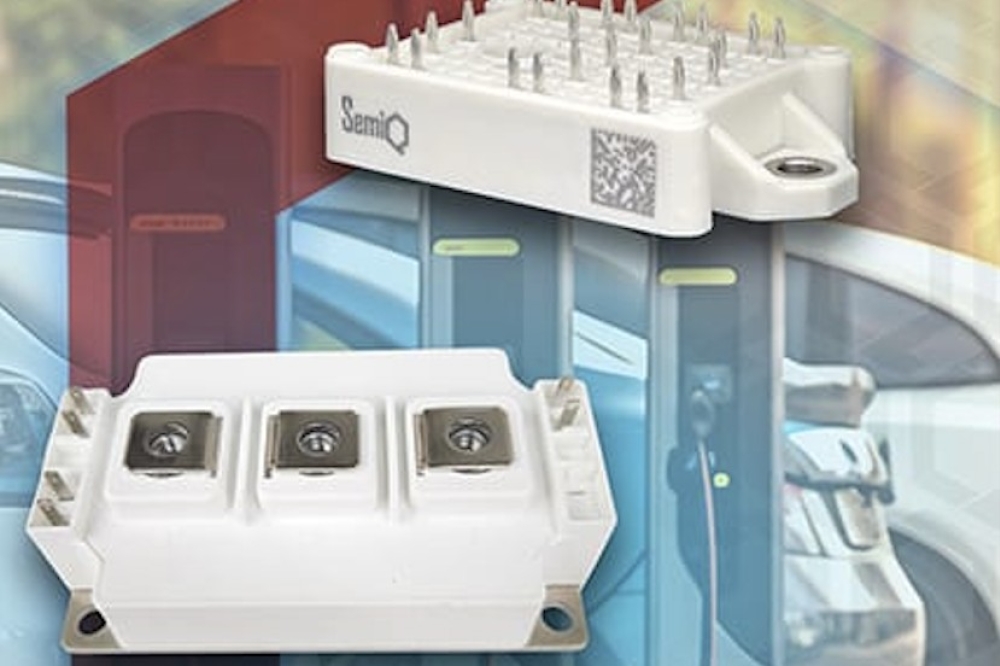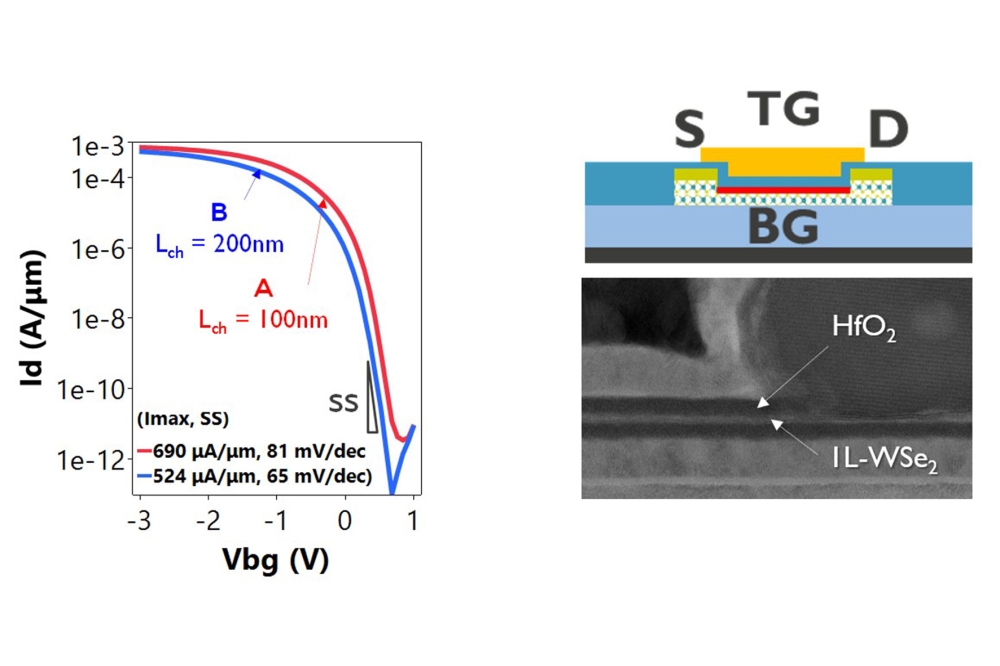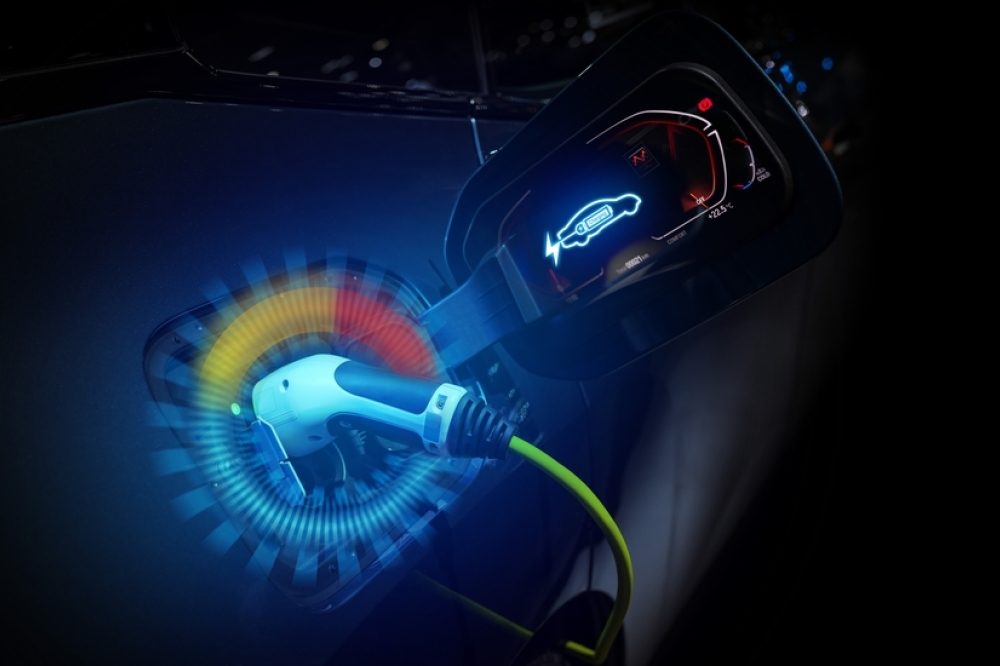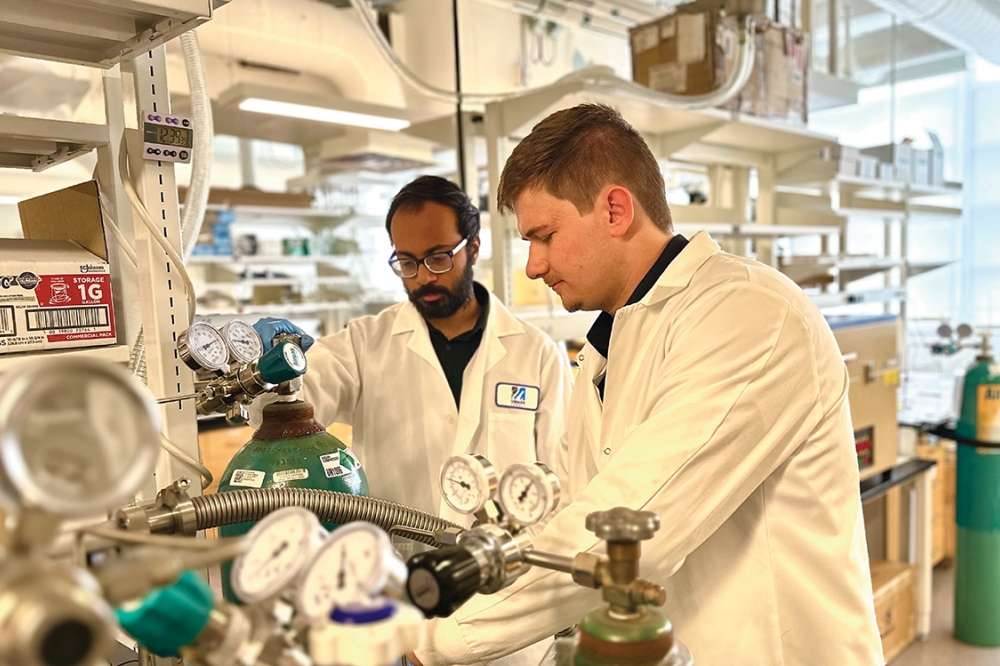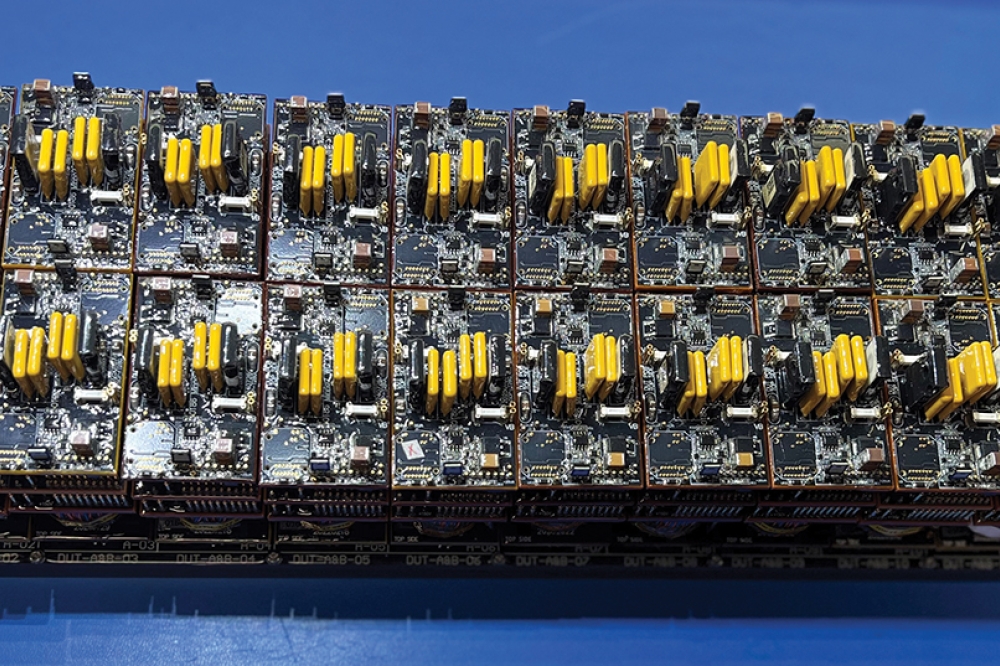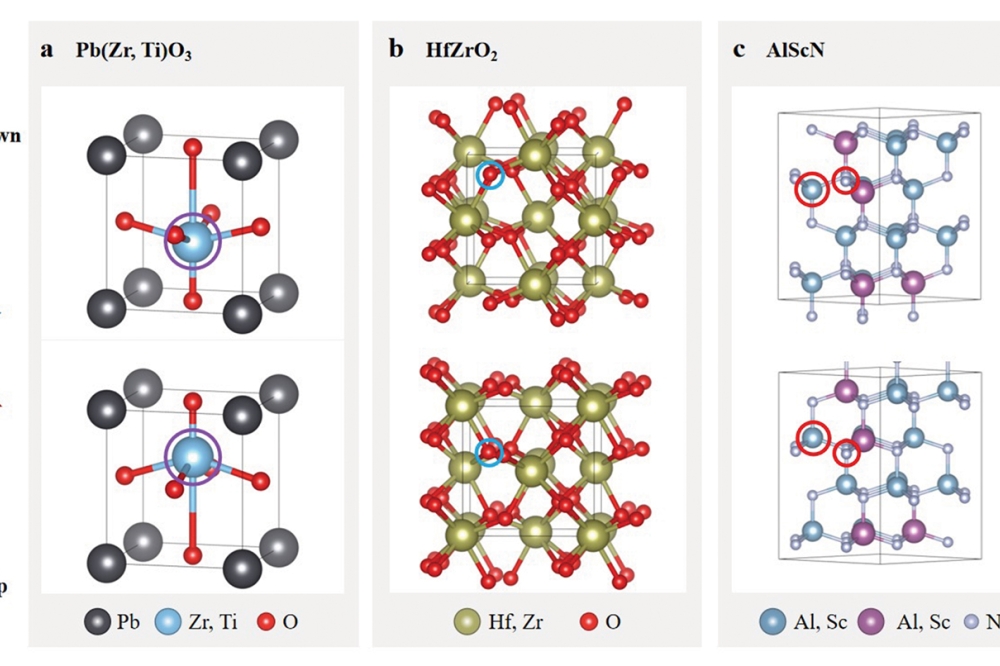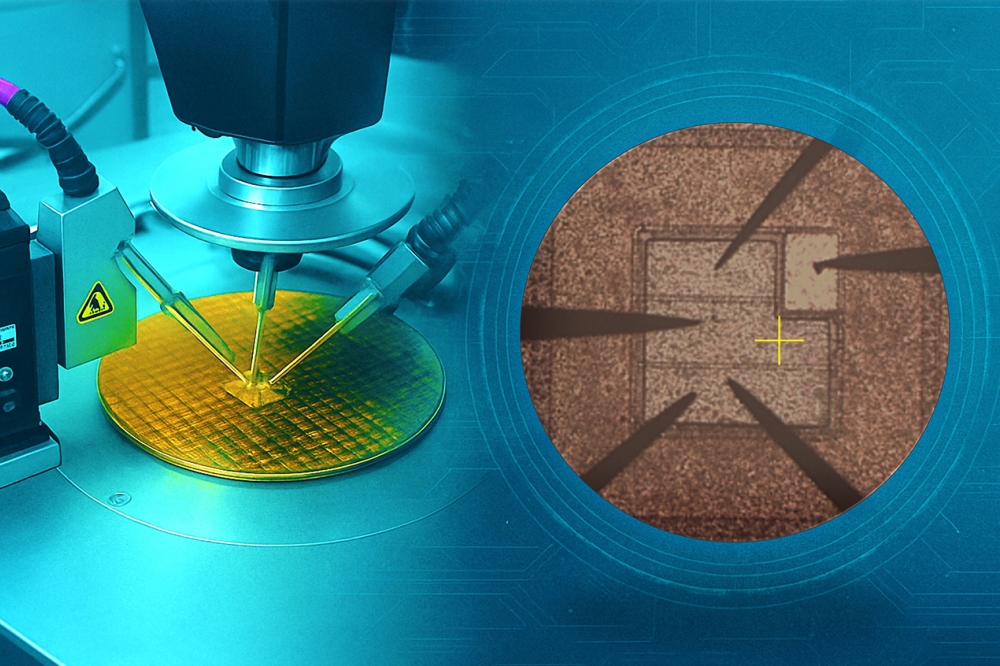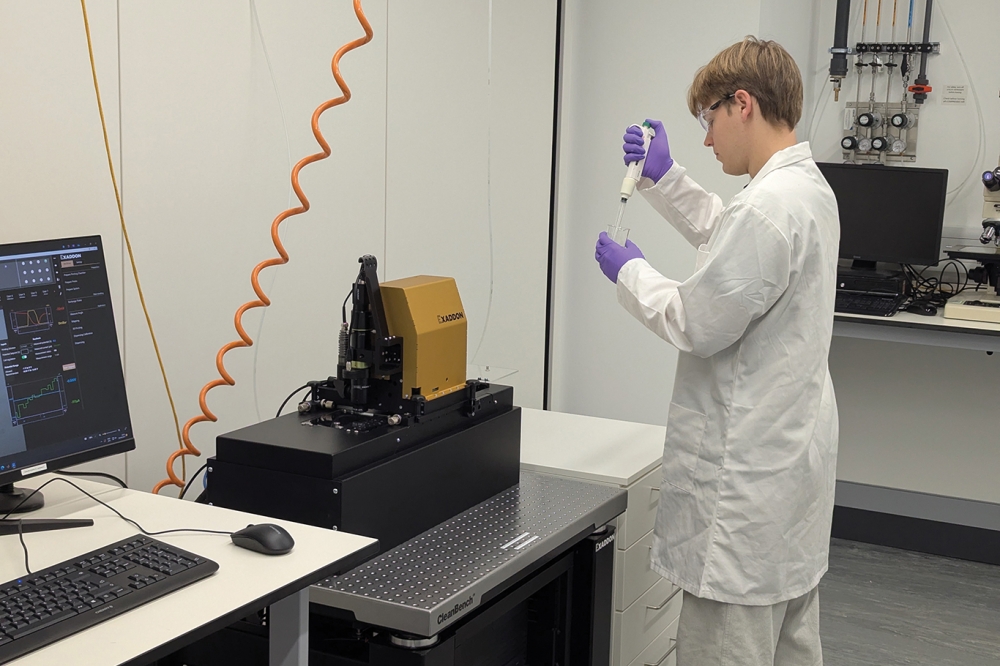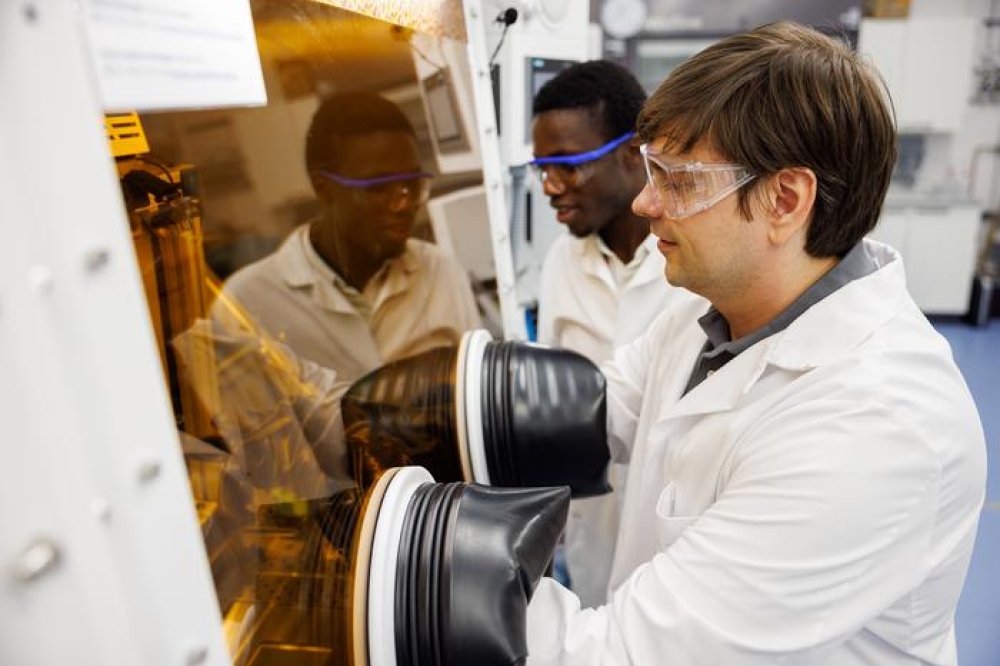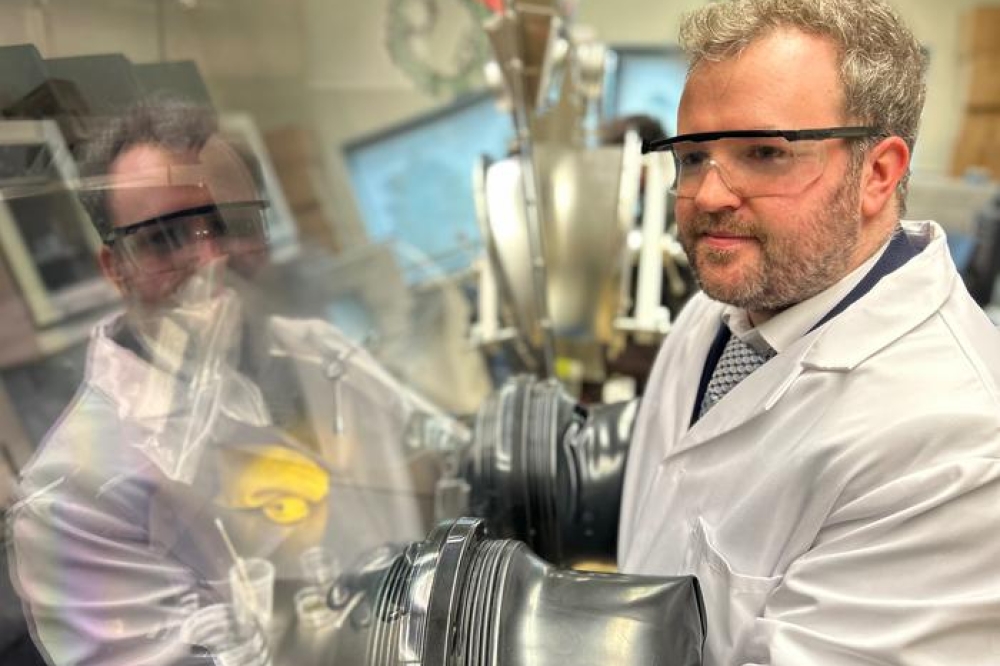New kind of FET uses 'incipient' ferroelectricity'
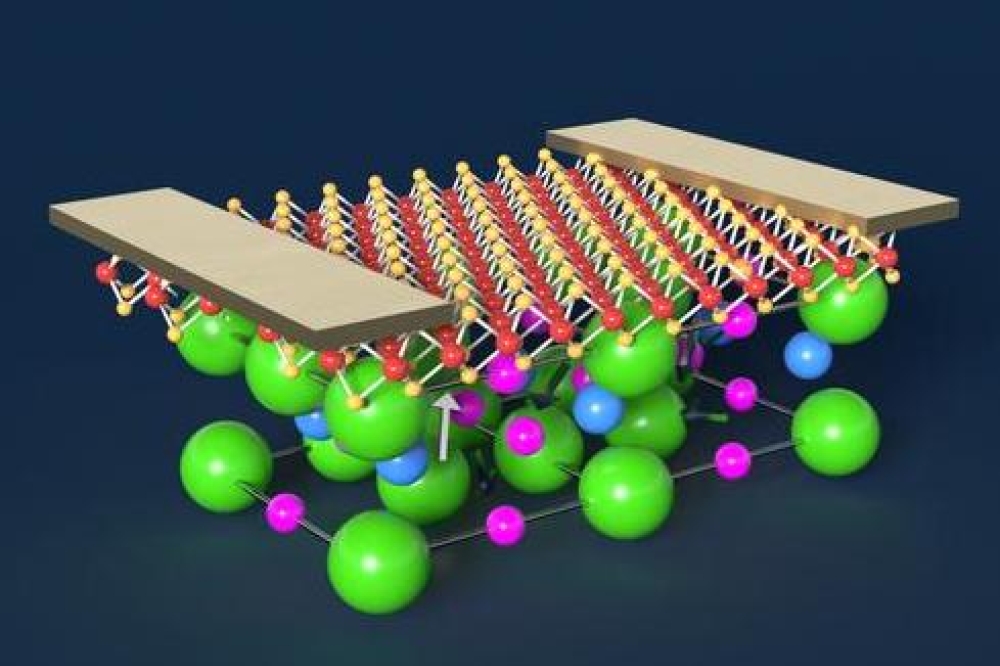
Scientists at Penn State working with a team at the University of Minnesota have harnessed 'incipient' ferroelectricity to create a new type of multifunctional FET that uses very little energy and can operate in extreme environments like outer space. They published their work in Nature Communications.
“Incipient ferroelectricity means there’s no stable ferroelectric order at room temperature,” said Dipanjan Sen, doctoral candidate in engineering science and mechanics and lead author in the study. “Instead, there are small, scattered clusters of polar domains. It’s a more flexible structure compared to traditional ferroelectric materials.”
Effectively, it's a material with the potential to become ferroelectric, but that needs a little push.
The University of Minnesota researchers developed the FETs by depositing a layer of atoms on a substrate to form a thin film. These films, made of the perovskite strontium titanate (SrTiO3), were then combined with 2D MoS2.
SrTiO3 is typically non-ferroelectric, however, the researchers found that freestanding nano-membranes of SrTiO3 exhibit polar order which enable the material to exhibit ferroelectric-like behaviour, especially at very low temperatures.
The team found that the incipient ferroelectricity became less incipient and more traditional at colder temperatures.
According to Harikrishnan Ravichandran, a doctoral student in engineering science and mechanics and co-author of the study, the devices displayed unique behaviours across temperature ranges, suggesting a flexibility that could enable possible new applications.
“We were surprised to see that these well-known perovskite materials could exhibit exotic ferroelectric properties at the device level,” Sen said. “It wasn’t something we anticipated, but once we started fabricating the devices, we saw behaviours that could really redefine advanced electronics.”
As an example, AI accelerators are notoriously energy-hungry, says Ravichandran. “Our devices switch rapidly and consume far less energy, paving the way for faster, greener computing technologies.”
The main goal of the project was to explore whether incipient ferroelectricity could be useful for memory applications. In cryogenic conditions, the answer was 'yes'.
But at room temperature, the behaviour was different, explained corresponding author Saptarshi Das, a professor of engineering science and mechanics at Penn State. "It had this relaxor nature.”
Relaxor behaviour refers to the more disordered, less predictable short-range polarisation response. Instead of being a drawback, the researchers said it showed potential for use in neuromorphic computing, which aims to imitate how the human brain processes information using neurons. Like our brain, it saves energy by only using power when needed, like flipping a light switch on and off, instead of staying on all the time like traditional computers.
“These devices acted like neurons, mimicking biological neural behaviour,” said Mayukh Das, doctoral candidate in engineering science and mechanics and study co-author. “To test this, we performed a classification task using a grid of three-by-three pixel images fed into three artificial neurons. The devices were able to classify each image into different categories. This learning method could eventually be used for image identification and classification or pattern recognition. Importantly, it works at room temperature, reducing energy costs.”
The researchers noted that future research will include addressing current challenges such as scalability and commercial viability while exploring other potential materials.
“Right now, this is at the research and development stage,” Sen said. “Perfecting these materials and integrating them into everyday devices like smartphones or laptops will take time, so there’s so much more to explore. In addition, we’re examining other materials, like barium titanate, to uncover their potential. The opportunities for growth are immense, both in materials and device applications.”
The US National Science Foundation and the Army Research Office supported the work.


